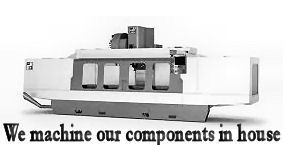Jeff,
Your vids clearly indicate additional oiling mods are not needed (assuming the oil passages are clear). If I had I seen your vids before I added this line, I would not have wasted my time and $30 (IIRC).
So I understand your comment not to add this line because it is not necessary. Do you think the relatively small flow rate at this location would be enough to cause lack of oiling elsewhere? I don't have flow data, but I can't see a couple extra squirts on the chain hurting. Its easy enough to cap though, even though its already installed.
Getting back to the cam gear wear, Jeff said “I believe my problem was excessive oil pressure resulting in the cam gear trying to turn the dizzy/oil pump shaft beyond it's designed operating torque input.” 900 Hp may be the limit on the stock oil pump shaft, wonder if a stronger shaft material is warranted.
There was another Q I wanted to ask you.....I cut out the middle of my valley pan gasket http://rides.webshots.com/photo/1465...69564115yGMllG
to do the other galley oiling modification. Was I dreaming or did I hear somebody say they would leave the valley pan gasket off due to the massive quantity of oil in the valley. If I was dreaming, please ignore, otherwise I would be interested in learning why. This thread has been excellent tech.




 Reply With Quote
Reply With Quote























 With the amount of power you were putting out you would expect to see some wear but the wear on the thrust is massive. I wonder if we arent seeing some dirt from assembly
With the amount of power you were putting out you would expect to see some wear but the wear on the thrust is massive. I wonder if we arent seeing some dirt from assembly




